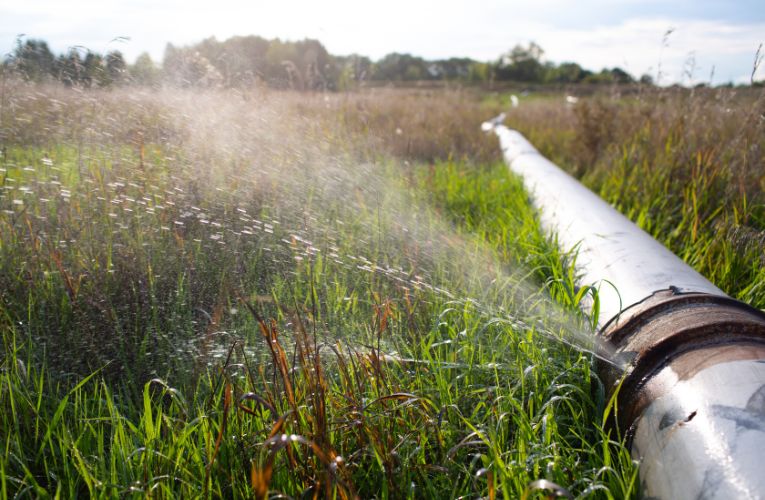
Industry Insights
Leading with Intelligence: A Holistic Approach to Water Operations Management
Every single day, the U.S. loses 6 billion gallons of treated water—enough to fill over 9,000 Olympic swimming pools. That amounts to 2.1 trillion gallons lost each year due to leaky pipes and aging infrastructure. As global populations grow, water scarcity becomes more acute and climate disruption intensifies, the pressure on water utilities to manage this vital resource more efficiently continues to mount. While traditional approaches to water loss management are effective to a degree, they are no longer enough to address the complex challenges today’s water utilities face. It’s time for a smarter, more connected approach.
By implementing a multi-faceted strategy, utilities can maintain a safer, resilient and more efficient water delivery ecosystem for the communities they serve. Here are the core components:
Proactive Leak Detection
Leak detection is critical across the entire distribution system, and systemwide intelligence is key to identifying and resolving issues quickly. Globally, an estimated 7-8% of all leaks occur in distribution mains—failures that directly impact utility revenue and can escalate rapidly, sometimes requiring resolution within just two hours. One Australian utility found that roughly 10% of its leaks originated from distribution mains, with the remaining 90% occurring in service lines in front of the meter. While the percentage might seem small, leaks from distribution mains result in significantly greater water loss and infrastructure damage, making them a top priority for utilities.
Optimized Pressure, Maximized Performance
Water pressure plays a major role in leak frequency, burst rates and overall system health. High or fluctuating pressure can accelerate wear on mains and service connections, increasing costs for leak control, repairs and asset replacement. Effective pressure management relies on key technologies such as pressure reducing valves, variable speed pumps and advanced monitoring systems. These tools work together to help utilities deliver water more efficiently, reliably and sustainably while minimizing stress on aging infrastructure.
Prioritize What Matters: Smarter Decisions for Aging Infrastructure
Not only are main breaks and undetected pipe failures extremely costly, but they can also attract negative media attention and lead to dissatisfied customers. To address these challenges, utilities are leveraging AI and machine learning combined with distribution system data to improve leak detection and predict where—and when—underground pipes are most likely to fail. By leveraging data collected throughout the water network, AI enables utilities to prioritize the repair and replacement of vulnerable water mains, allocate asset management resources more effectively and significantly reduce the risks of pipe failure and major leaks.
Empowered Consumers, Better Outcomes
Consumer engagement is a powerful tool in managing water distribution systems. When utilities actively involve their customers, it drives awareness, encourages conservation and boosts satisfaction. By fostering a more informed and collaborative relationship with the communities they serve, utilities can build trust and promote smarter water use. The result? A proactive customer base that supports long-term sustainability and resource stewardship.
From Water Loss to Water Leadership
Water loss isn’t just a technical issue, it’s a pressing challenge with far-reaching social, environmental and economic impacts. Utilities have both the responsibility and opportunity to lead the way in protecting this precious resource. The technology is here, the data is available and the time to act is now. To dive even deeper, read our white paper, Plugging Leaks: A Holistic Approach to Water Operations Management.
Related Articles
HTML Example
A paragraph is a self-contained unit of a discourse in writing dealing with a particular point or idea. Paragraphs are usually an expected part of formal writing, used to organize longer prose.



